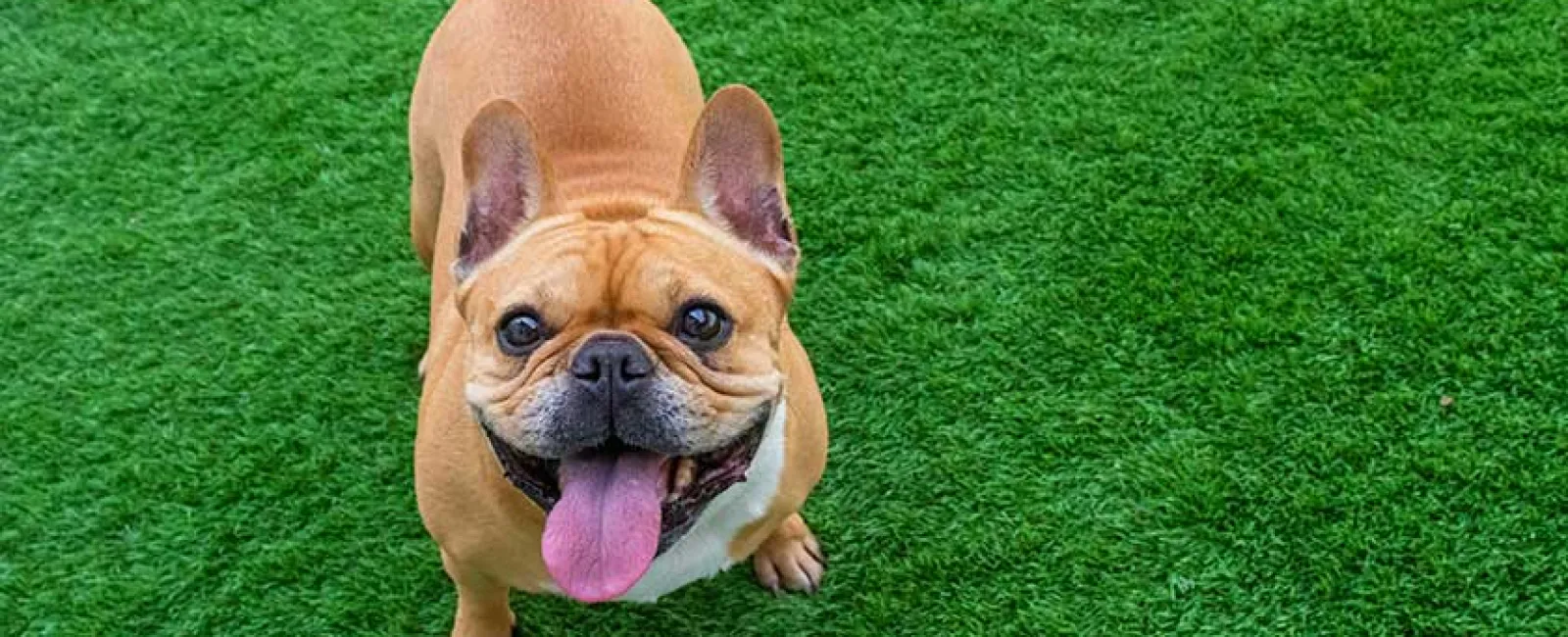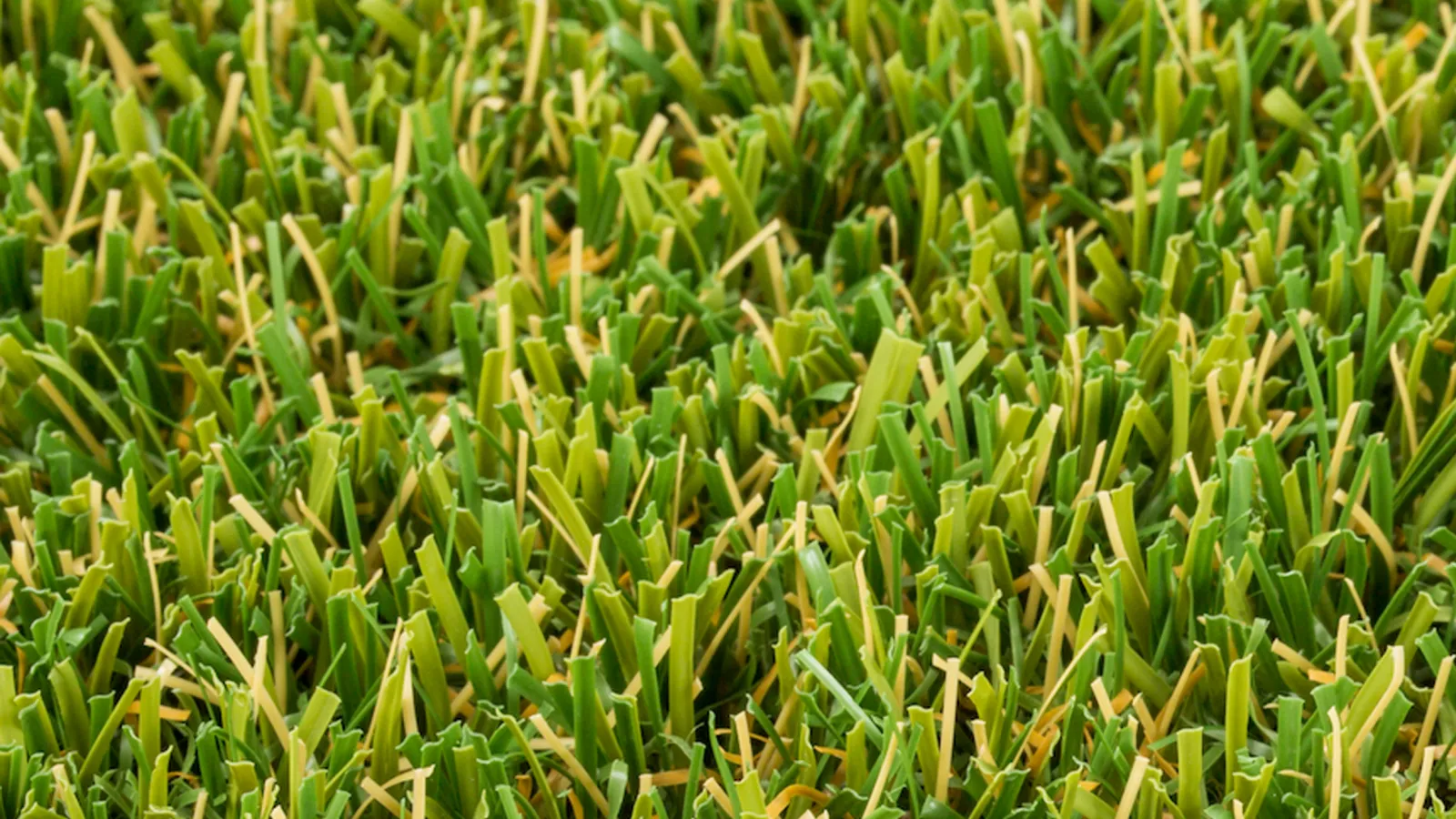Dogs love to dig—it's an instinctual behavior deeply rooted in their DNA. However, when that digging happens on your pristine artificial lawn, it can quickly become a source of frustration. This is especially true for homeowners, landscapers, and businesses in the New York Tri-State area who are seeking low-maintenance, eco-friendly, and durable artificial grass solutions for both residential and commercial outdoor spaces.
So, why is your dog digging holes in the artificial grass? Let us explore the common causes and effective strategies to address this digging behavior.
Common Reasons Dogs Dig Holes in Grass
Dogs dig for various reasons, and understanding these motivations is the first step in addressing the behavior on your artificial grass. Several factors can prompt a dog to dig, ranging from instinctual drives to environmental influences and even boredom. Identifying the specific cause behind your dog's digging helps you implement targeted solutions to redirect their energy and protect your artificial lawn investment.
- Instinctual Behavior: Digging is a natural behavior for dogs, stemming from their ancestral roots as hunters and den builders. Many breeds retain a strong instinct to dig, using it to create cool resting spots, uncover prey, or bury prized possessions. This ingrained behavior can manifest even on artificial grass, as the texture might still trigger the digging impulse.
- Boredom and Anxiety: Dogs who lack sufficient physical exercise and mental stimulation may resort to digging as a way to release pent-up energy or cope with anxiety. Digging provides an outlet for their frustration and can become a habitual behavior if their needs are not met. Ensuring your dog receives adequate exercise, playtime, and attention can significantly reduce digging stemming from boredom or anxiety.
- Seeking Comfort: Dogs often dig to create a comfortable resting place, especially in hot weather. They dig down to reach cooler soil layers, forming a shallow depression to lie in. While artificial grass does not have soil, the texture might still feel appealing for digging and lying down, particularly if it retains some coolness.
- Burying Objects: Some dogs have a strong instinct to bury bones, toys, or food. This behavior, rooted in their scavenging past, can extend to artificial grass, where they might attempt to bury items even though there is no soil. The act of digging and pawing at the turf can be satisfying for them, even without the ability to bury anything.
Environmental Factors Contributing to Dog Digging
Environmental factors can play a significant role in triggering or exacerbating a dog's digging behavior on artificial grass. Understanding these external influences allows you to modify the environment to discourage digging.
- Temperature: Hot weather can prompt dogs to seek cooler surfaces. While artificial grass can become warm, dogs might still attempt to dig at the edges or in shaded areas where the temperature is lower. Providing shaded spots and ensuring your dog has access to cool water can help mitigate this.
- Surface Texture: Some dogs might find the texture of artificial grass appealing for digging, especially if it mimics the feel of natural grass. The individual blades and the slight give of the turf can trigger their digging instincts. Choosing a denser artificial grass with a shorter pile height might be less appealing for digging.
- Scent Marking: Dogs often dig to mark their territory by depositing scent from their paws. While artificial grass does not absorb scents like soil, the act of digging and pawing might still be a way for dogs to leave their mark. Cleaning the artificial grass regularly can help reduce scent marking.
- Presence of Pests: Although artificial grass is less likely to harbor pests than natural grass, the presence of insects or rodents underneath the turf can attract your dog and prompt digging to investigate or hunt. Ensuring proper installation and pest control measures can help prevent this.
How to Stop Your Dog from Digging
Stopping your dog from digging on artificial grass requires a multi-faceted approach that addresses the underlying causes of the behavior. Consistency and patience are key to successfully modifying your dog's digging habits.
- Increase Exercise and Mental Stimulation: Ensure your dog receives adequate physical exercise and mental enrichment. Daily walks, playtime, and puzzle toys can help reduce boredom and anxiety-related digging. A tired and mentally stimulated dog is less likely to dig out of frustration.
- Provide a Designated Digging Area: If your dog has a strong urge to dig, consider creating a designated digging area in your yard. This can be a patch of soft soil or a sandbox where your dog is allowed to dig freely. Encourage them to use this area by burying toys or treats in it.
- Make the Artificial Grass Less Appealing: You can make the artificial grass less appealing for digging by using deterrents. Citrus sprays or bitter apple sprays, safe for dogs and the turf, can discourage digging due to their unpleasant taste. Placing large rocks or pavers on areas where your dog frequently digs can also deter them.
- Supervise Your Dog Outdoors: Closely supervise your dog when they are on the artificial grass, especially during times when they are most likely to dig. Interrupt any digging behavior with a firm "no" and redirect their attention to a different activity, such as playing with a toy or practicing a command.
Stop Dog Digging on Artificial Grass with Turf Tek
Concerned about why is your dog digging holes in the artificial grass? Transform your yard into a beautiful, pet-friendly haven with Turf Tek's expertise. We offer the best synthetic grass services in New York and provide premium artificial grass solutions designed to withstand even the most enthusiastic diggers. Choose pet-friendly turf from Turf Tek and enjoy a lush, green lawn without the worry of holes.


